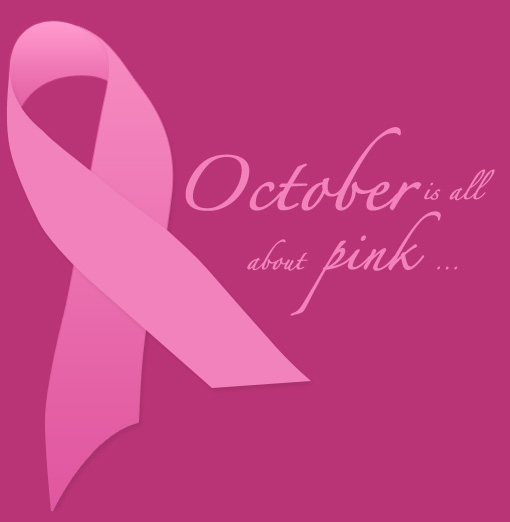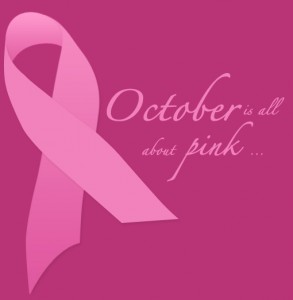Breast cancer is the most commonly diagnosed cancer among Latina women in the United States. October is Breast Cancer Awareness Month and Latinas everywhere are encouraged to learn more about breast cancer prevention.
According to Susan G. Komen for the Cure, Latina women have the greatest risk among American women for late diagnosis and mortality as a result of breast cancer. When the cancer is detected in a later stage, there is a greater chance the patient will die from it as it may easily spread to other areas.
Focus on Prevention
As a result of Health Care Reform, starting in 2013, women in the United States will have greater accessibility to preventive health care services, including mammograms and women’s wellness exams. For women over the age of 40, mammograms are usually covered free under insurance plans. With health care reform, women over 40 will receive this preventive service at no additional cost. Women over 40 should receive a mammogram every year. Women ages 20 and above should receive a clinical breast exam every 3 years and every year starting at age 40.
Mammogram basics
Your first mammogram can be a scary experience if you don’t know what to expect. A mammogram is an X-ray image of your breasts to screen for breast cancer. It is an essential exam to early detection of breast cancer.
According to the Mayo Clinic, during the exam, your breasts are compressed between two firm surfaces to spread out breast tissue. The X-ray then takes black and white images your doctor will evaluate for screening or diagnosis purposes.
At your exam, you will be asked to remove any neck jewelry and clothing from the waist up. To make this easier, avoid wearing a dress and stick with a two-piece outfit.
The technician will then adjust the X-ray machine to your height and place your breast on the X-ray surface. They may adjust your arms and waist a bit to get an accurate reading. You will feel pressure and will be asked to hold your breath and remain still as the machine spreads out your breast tissue and takes the X-ray image. This is then repeated for the next breast.
The exam will usually take less than 30 minutes and then you’re all set to get re-dressed and head out the door. Each facility is different when it comes to waiting for results. Ask your technician when you can expect to see your results and follow up with your doctor.
Self-breast exam
Performing periodic self-breast exams will help you detect any potentially cancerous lumps or growths that may cause concern. Check out the National Breast Cancer Foundation page for a step-by-step process for completing a self-breast exam.
History of breast cancer
If you have a history of breast cancer in your family, you need to be proactive and conduct routine self-breast exams as well as mammograms at an earlier age. Inform your doctors of the prevalence and history in your family so they will know what to look out for.
Where to receive a free or low-cost mammogram
Throughout the year, many locations offer free or reduced mammogram services. Check out the Susan G. Komen website for low-cost or free mammograms in your area. The National Breast and Cervical Cancer Early Detection Program also offers breast and cervical cancer screenings and diagnostic services to low-income, uninsured, and underinsured women across the United States.
In the month of October, take the time to encourage your sisters, mothers, grandmothers and friends to receive a screening and help prevent breast cancer.



Thank you for bringing awareness to breast cancer and prevention. I appreciate the valuable resources that you also provide on your blog post to share with others. Awesome post!
I’m so glad you found them useful! Thanks for reading!
Great review! I love it! thanks for bringing awareness!
Thank you for reading! Love your site (and the glitter manicure as well!)